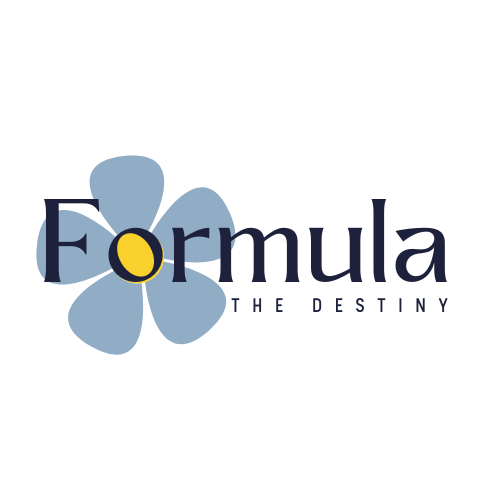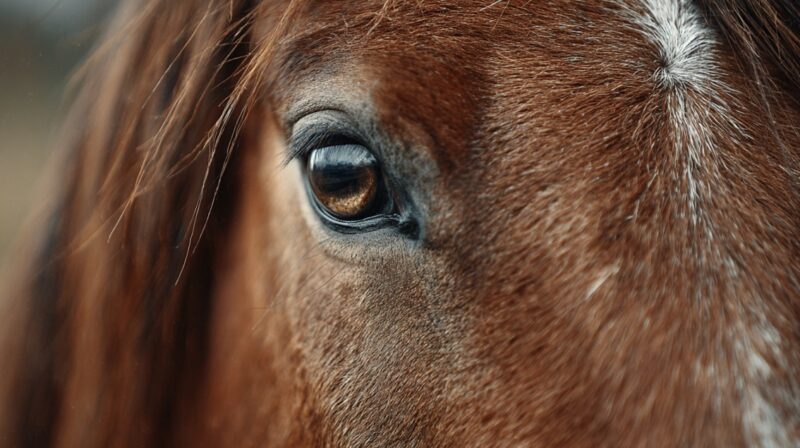Unlike other animals, horses mirror human emotions with uncanny accuracy: if you are anxious, they will reflect it; if you are calm and centered, they will respond in kind.
This constant feedback loop forces people to confront their fears and insecurities while rewarding calm leadership and persistence.
Riders and caretakers learn to stay composed under pressure, develop problem-solving skills, and gain self-assurance through consistent practice. In short, working with horses directly builds traits, confidence, resilience, and discipline that transfer into everyday life.
Horses as Emotional Mirrors
A horse is a prey animal with highly attuned senses. It reacts instantly to subtle changes in human body language, tone of voice, or energy. This makes it impossible to hide inner tension. A nervous rider will create a nervous horse; a calm and assertive rider produces a relaxed response.
This natural mirroring forces individuals to confront their insecurities. People who tend to mask emotions in daily life quickly discover that a horse sees through such facades.
Over time, working with horses encourages self-regulation and happiness, teaching individuals how to project composure even under pressure. This is not a false confidence but one rooted in experience and inner control, a confidence that translates into school, work, and relationships.
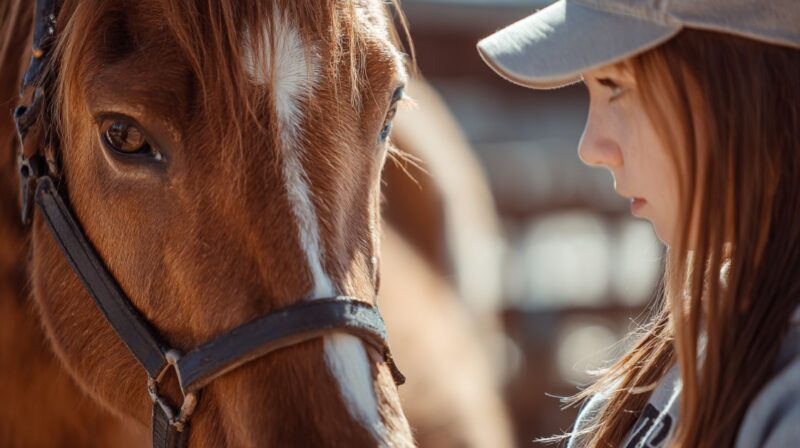
Building Confidence Through Daily Responsibility
Confidence develops not from a single success, but from consistent routines and small victories. Horses demand responsibility every day: feeding schedules, grooming, stable cleaning, and training sessions.
For someone learning to ride or care for a horse, the transformation is gradual but profound. At first, leading a large animal may feel intimidating. Over weeks and months, as caretakers see their horses respond positively to their effort, confidence builds naturally.
The shift comes not from abstract encouragement, but from real outcomes: a horse that once resisted haltering now follows willingly, or a jump that once felt impossible is cleared with balance.
This practical growth forms a confidence that is unshakable. Once a person realizes they can handle a 500 kg animal with patience and clarity, challenges in everyday life, public speaking, leadership roles, or new responsibilities feel far less daunting.
Resilience Learned Through Setbacks
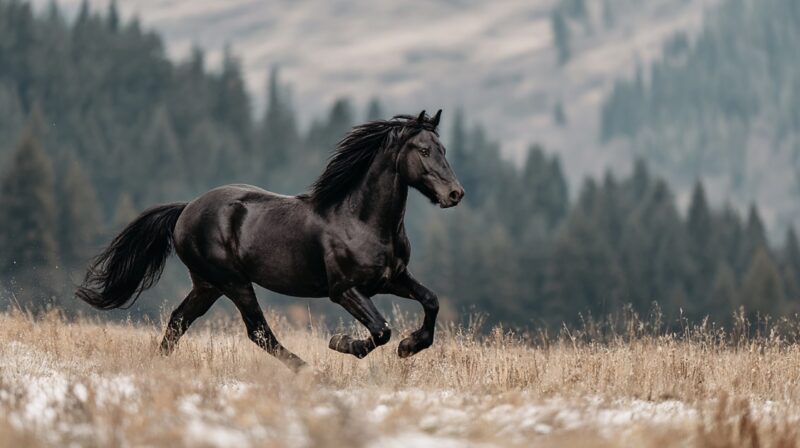
Setbacks are unavoidable when working with horses. Training does not always go as planned, horses may fall ill, and weather can disrupt routines. Riders may face falls or injuries that test their commitment. These moments can discourage beginners, but they are also where resilience takes root.
Resilience with horses comes from reframing failure. A horse that refuses to move forward is not rejecting the rider personally; it may be confused, tired, or sensing something unsafe.
Instead of quitting, the rider must adapt, change techniques, and try again. This builds mental toughness, patience, and problem-solving skills.
Over time, caretakers learn that perseverance and adaptability are more valuable than perfection. This lesson carries into daily life: setbacks at work, in relationships, or personal health are no longer reasons to quit, but opportunities to grow stronger.
Nutrition: Responsibility in Action
Nutrition is central to horse care, and managing it properly is a test of discipline and attentiveness. Horses require balanced diets tailored to their workload, age, and health status.
A horse that is overfed grain but underfed forage may become anxious, while nutrient deficiencies can weaken muscles, hooves, and immune function.
The process of planning and providing proper nutrition strengthens resilience in caretakers. It requires routine, observation, and problem-solving.
For example, a rider must learn to adjust feed during competition season, recognize signs of deficiencies, and balance energy intake with exercise. This daily responsibility reinforces attention to detail and a mindset that prioritizes consistency over shortcuts.
Here is a simplified breakdown of equine nutrition essentials:
| Nutrient Category | Primary Sources | Role in Horse Health | Lessons for Caretakers |
| Forage (hay/grass) | Timothy, alfalfa, pasture | Provides fiber, maintains gut health | Teaches patience and balance, most important, yet often overlooked |
| Concentrates (grain, pellets) | Oats, barley, corn mixes | Extra energy for working horses | Emphasizes moderation and adjustment based on workload |
| Protein | Soybean meal, alfalfa, peas | Builds muscle, supports growth | Highlight the importance of strength from a proper foundation |
| Minerals | Salt, calcium, phosphorus, magnesium | Strong bones, electrolyte balance | Instills awareness of small but vital details |
| Vitamins | A, D, E, biotin | Supports immunity, coat, and hoof quality | Reinforces consistency; results appear only long term |
| Supplements | Omega-3 oils, probiotics, joint support | Specialized needs, recovery | Encourages adaptability and problem-solving |
For structured nutrition advice, equine caretakers can find expert resources here that are designed to help build strong feeding programs.
Horses as Teachers Beyond the Stable
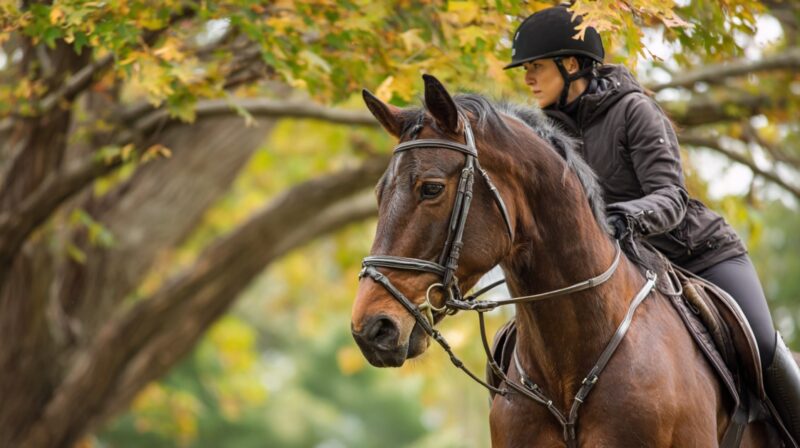
What makes horses unique is how lessons learned in the stable extend to everyday life. The patience needed to calm a frightened horse becomes the patience needed to handle stressful work projects.
The persistence required to train for a dressage test is the same persistence needed to overcome personal challenges.
- Children and teenagers who gain confidence in riding lessons often show improved self-esteem in school.
- Veterans and trauma survivors benefit from equine therapy, where bonding with horses helps rebuild trust and resilience.
- Leaders and professionals use lessons from horsemanship, clear communication, calm authority, and respect to manage teams more effectively.
Horses, in this way, become teachers of both emotional intelligence and resilience, skills that no classroom or textbook can fully instill.
The Balance of Care and Growth
The deeper message behind horses and resilience lies in balance. Just as horses need a balance of nutrition, exercise, and rest, people also thrive when they balance responsibility with recovery, confidence with humility, and resilience with adaptability.
Learning to care for a horse becomes a metaphor for caring for oneself. The awareness of diet, environment, and emotional stability in a horse reminds caretakers that resilience is not about never falling, but about recovering with strength and wisdom.
View this post on Instagram
Conclusion
Horses inspire confidence and resilience by demanding truth: you cannot lead without calm authority, you cannot succeed without persistence, and you cannot care for them without responsibility.
Their nutrition and well-being depend on human dedication, teaching caretakers that growth is built through consistency and balance.
The result is life-changing. Riders and caretakers emerge more confident in their ability to handle challenges and more resilient in the face of setbacks.
And just as horses require a balanced diet to remain strong, humans require balance, between discipline and compassion, between effort and recovery, to thrive.
